By Jessica Fink, Librarian, Macks Center for Jewish Education
Selected Resources
for Promoting Tolerance
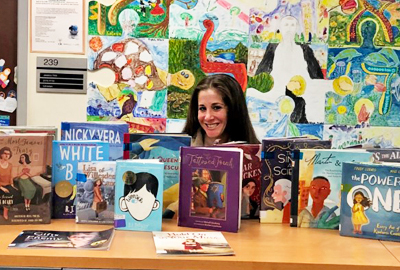
Antisemitism is growing in our country and with events like the recent hostage situation at a synagogue in Colleyville, TX, our children often are exposed to disturbing news. How do we talk to them about antisemitism and the Holocaust in age-appropriate ways?
Books can be a great way to start that conversation. The best way to do this is to choose stories that promote positive character values for children. That way children can develop an internal understanding before they begin to formally learn about antisemitism and the Holocaust.
According to the United States Holocaust Memorial Museum, elementary school can be “an ideal place to begin discussing the value of diversity and the danger of bias and prejudice. These critical themes can be addressed through local and national historical events and can be reinforced during later study of the Holocaust.”
When moving into books about the Holocaust and antisemitism, it is important that parents do the following:
- Think about their own child’s moral development; age, emotional and cognitive capacity.
- Pre-read the book to decide if it is appropriate and if it should be read to the child in its entirety or just a portion of it.
- Start slowly.
Here is a list of books that educate children on tolerance, ordered by grade.
Preschool
Acts of Kindness
The Power of One: Every Act of Kindness Counts by Trudy Ludwig
The Big Umbrella by Amy June Bates and Juniper Bates
Benny’s Mitzvah Notes by Marc Lumer
I Walk With Vanessa: A Story About A Simple Act of Kindness by Kerascoet
Tolerance of Others
Can I Join Your Club? By John Kelly
One of These is Not Like the Others by Barney Saltzberg
We’re All Wonders by R.J. Palacio
Strictly No Elephants by Lisa Mantchev
Have Faith in Resilience
The Thing Lou Couldn’t Do by Ashley Spires
Waiting by Kevin Henkes
Trying by Kobi Yamada
Right vs. Wrong
Even Superheroes Make Mistakes by Shelly Becker
Ruthie and the (Not So) Teeny Tiny Lie by Laura Rankin
Kindergarten – First Grade
Tolerance of Others
Mixed: A Colorful Story by Arree Chung
The Only One Club by Jane Naliboff
Zero by Kathryn Otoshi
The Sneetches: and Other Stories by Dr. Seuss
The Elephant with A Knot in His Trunk by Nancy Patz
One by Kathryn Otoshi
Hey, Little Ant by Phllip Hoose
The Starkeeper by Faith Pray
Practicing Patience
The Most Magnificent Thing by Ashley Spires
Have Faith in Resilience
The Invisible Boy by Trudy Ludwig
Bonaparte Falls Apart by Margery Cuyler
Second Grade – Third Grade
* Pre-read and decide if your child is ready to for the book in its entirety or just portions of the book. Start slowly.
Tolerance of Others
Across the Alley by Richard Michelson
The People’s Painter: How Ben Shahn Fought for Justice With Art by Cynthia Levinson
Have Faith in Resilience
The Tattooed Torah by Marvell Ginsburg
Always Remember
The Tattered Prayer Book by Ellen Bari
Upper Elementary
Tolerance of Others
Wonder by R.J. Palacio
The Singer and the Scientist by Lisa Rose
Martin and Anne: The Kindred Spirits of Dr. Martin Luther King, Jr. and Anne Frank by Nancy Churnin
Have Faith in Resilience
Hold on to Your Music: The Inspiring True Story of the Children by Willesden Lane by Mona Golabek and Lee Cohen
Of Heroes, Hooks and Heirlooms by Faye Silton
Courage
Dear Mr. Dickens by Nancy Churnin
The Rabbi and the Reverand: Joachim Prinz, Martin Luther King Jr., and Their Fight Against Silence by Audrey Ades
The Queen to the Rescue: The Story of Henrietta Szold, Founder of Hadassah by Nancy Churnin
The Story of Ruth Bader Ginsburg: A Biography Book for New Readers by Susan B. Katz
Upstanders
Bartali’s Bicycle: The True Story of Gino Bartali, Italy’s Secret Hero by Megn Hoyt
Acts of Kindness
Gift from the Enemy by Trudy Ludwig
Middle School
*In history and context
Have Faith in Resilience
Lisa of Willesden Lane: A True Story of Music and Survival During World War II by Mona Golabek and Lee Cohen
The Length of a String by Elissa Brent Weissman
Courage
I Survived the Nazi Invasion, 1944: The Graphic Novel by Lauren Tarshis
What Was the Holocaust? by Gail Herman
White Bird by R.J. Palacio
The Story of Anne Frank: A Biography Book for New Readers by Susan B. Katz
Upstanders
Nicky & Vera: A Quiet Hero of the Holocaust and the Children He Rescued by Peter Sis
The Brave Princess and Me: Inspired by a True Story by Kathy Kacer
Behind the Bookcase: Miep Gies, Anne Frank, and the Hiding Place by Barbara Lowell
High School
*In history and context
Courage
Survivors of the Holocaust Edited by Kath Shackleton
Hiding To Survive: Stories of Jewish Children Rescued From the Holocaust by Maxine B. Rosenberg
37 Days at Sea Aboard the MS St. Louis, 1939 by Barbara Krasner
The Journey That Saved Curious George: The True Wartime Escape of Margret and H.A. Rey Young Readers Edition by Louise Borden and Allan Drummond
Refugee by Alan Gratz
The Light of Days: The Untold Story of Women Resistance Fighters in Hitler’s Ghettos by Judy Batalion
Allies by Alan Gratz
We Had to Be Brave: Escaping the Nazis on the Kindertransport by Deborah Hopkinson
Have Faith in Resilience
Out of Hiding: A Holocaust Survivor’s Journey to America by Ruth Gruener
Once Series by Morris Gleitzman
Upstanders
Irena Series by Jean-David Morvan and Severine Trefouel
Background on Holocaust Education
According to the United States Holocaust Memorial Museum, “Students in grades six and above demonstrate the ability to empathize with individual eyewitness accounts and to attempt to understand the complexities of Holocaust history, including scope and scale of the events. While elementary age students are able to empathize with individual accounts, they often have difficulty placing them in larger historical context.
Such developmental differences have traditionally shaped social studies curricula throughout the country. In most states, students are not introduced to European history and geography—the context of the Holocaust—before middle school. Elementary school can be an ideal place to begin discussing the value of diversity and the danger of bias and prejudice. These critical themes can be addressed through local and national historical events and can be reinforced during later study of the Holocaust.”
Shulamit Imber is the past Pedagogical Director of the International School for Holocaust Studies at Yad Vashem. She recommends using The Spiral Age-Appropriate Approach: Together with Respective Historical Discussion. For elementary school students she recommends using “protected dialogue and providing basic historical concepts,” focusing on the relevant topics for moral development.
In middle school, she recommends “expanding historical knowledge, and the diversity of the topics and voices, exposing the student to the complexity of the story in terms of the fate of the Jews and their coping strategies.”
For high school students, she recommends “historical study of the complexity of the Holocaust. Deep study of moral dilemmas and identity questions among Jews. Discussion in depth about the behavior of people during the Holocaust and the question: how was it humanly possible?”
Subscribe to our newsletter
The Associated is a home for everyone in the Baltimore Jewish community. We offer several email lists to help people find a community, engage with their peers and support Jewish journeys around the world.
Join Our Mailing ListAdd Impact to Your Inbox
Sign up for our newsletter
Subscribe to our newsletter
The Associated is a home for everyone in the Baltimore Jewish community. We offer several email lists to help people find a community, engage with their peers and support Jewish journeys around the world.
Join Our Mailing List
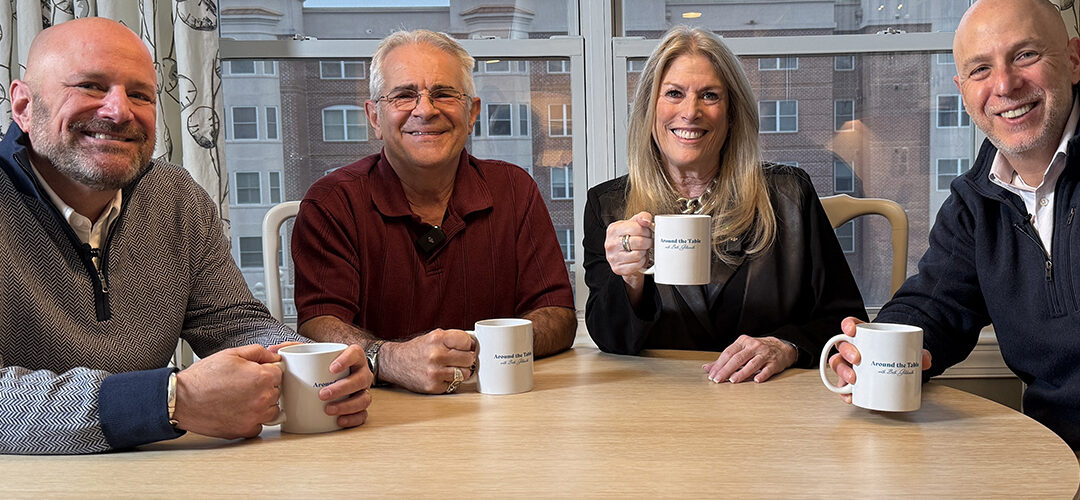
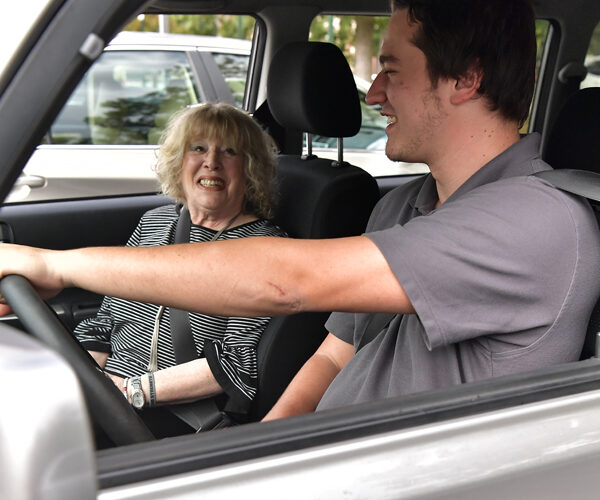
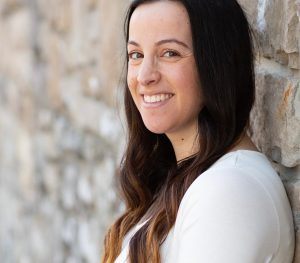
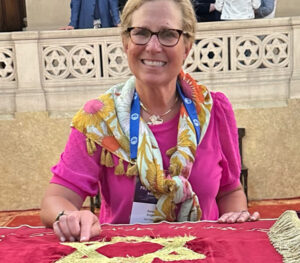
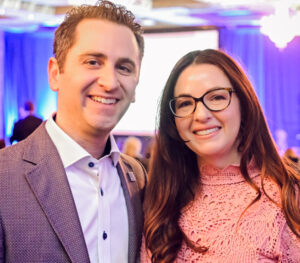


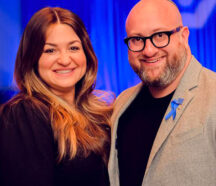
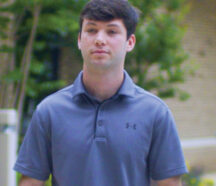
 Please Wait while we loading your video.
Please Wait while we loading your video.